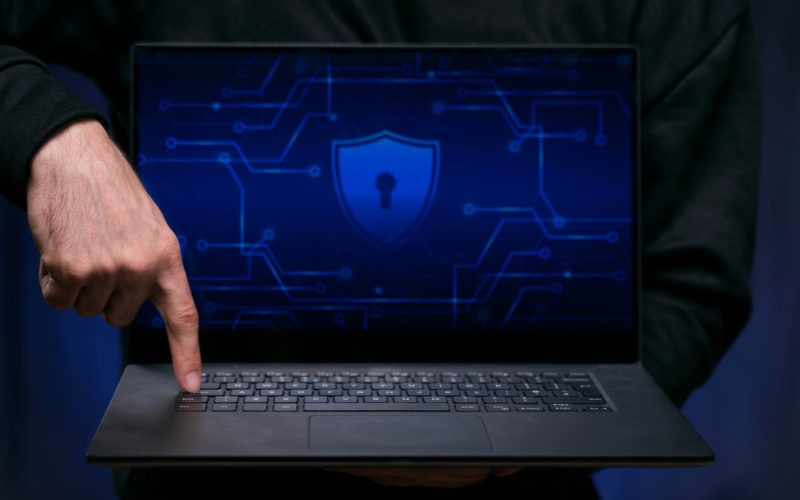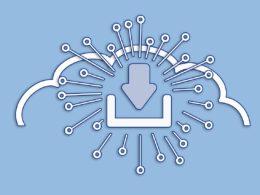Autonomous vehicles represent a significant technological leap that aims to revolutionize transportation by improving safety and reducing traffic congestion.
Central to the functionality of these vehicles is the Light Detection and Ranging (LiDAR) system. It creates a 3D map of the vehicle’s surroundings to enable them to make quick decisions for achieving their goals of moving without human intervention. For autonomous vehicles to operate safely and efficiently, LiDAR accuracy is paramount.
This article explores how to enhance LiDAR accuracy, ensuring the success of your autonomous vehicle business.
Fundamentals of LiDAR Technology
As stated by the National Ecological Observatory Network, LiDAR technology is an active remote sensing system. It employs laser pulses that bounce off objects to measure distances between them.
LiDAR generates an intricate three-dimensional map of the environment by calculating the duration of the time it takes for the light to return. The ability of autonomous vehicles to understand and navigate their surroundings largely depends on these maps.
A typical LiDAR system consists of a laser source, a scanner, photodetectors, and a timing device. The laser emits thousands of pulses per second, which are reflected off surfaces and detected by the sensor. The time-of-flight principle calculates the distance, and the data is used to construct a point cloud, representing the spatial distribution of objects.
Challenges Presented in LiDAR Accuracy
Environmental factors such as rain, fog, and dust can scatter or absorb the laser beams. This leads to incomplete or inaccurate data that impacts the decision-making of autonomous vehicles.
Reflective surfaces can create false readings, while non-reflective surfaces might be missed entirely. An MDPI study states that beams of light are distorted by mirror-like surfaces and surroundings with glass walls. This distortion can prevent the system from accurately determining the distance between transparent and reflective objects.
The inaccuracy of available data can trigger errors in simultaneous localization and mapping (SLAM) map creation. This can increase the chances of accidents in self-driving cars, as the vehicle won’t be able to detect a person or object appropriately.
Additionally, the resolution of the LiDAR sensor and the processing algorithms used to interpret the data can introduce errors. Other challenges include the movement of the vehicle and the objects within its vicinity. Rapid changes in the environment require the LiDAR system to process data in real time, which can be computationally intensive.
How to Improve LiDAR Accuracy
Improving LiDAR accuracy involves addressing these challenges through several strategies. Some of these strategies that will be discussed below include advanced annotation, calibration techniques, efficient data processing and analysis, etc.
LiDAR Annotation
Accurate annotation of LiDAR data is essential for training machine learning algorithms used in autonomous vehicles. Annotation involves labeling the point cloud data to identify objects, their boundaries, and their classifications. High-quality annotation helps the algorithms learn to recognize and interpret various objects and scenarios accurately.
Annotation labeling can be done manually, semi-automatically, and automatically. Manual annotation requires an annotator to label all data individually. Thus, although precise, manual annotation can be time-consuming and labor-intensive.
Automated annotation tools, combined with human oversight, can expedite this process. These tools use advanced algorithms to detect and label objects, but they must be regularly updated and validated to ensure their accuracy.
Efficient LiDAR annotation requires an advanced platform that can offer useful features for efficient and accurate labeling. For instance, visualization, automation, and quality monitoring can all be extremely useful. The advanced visualization tools can further enable the following:
- Point cloud coloring
- Opacity adjustments
- Distance filtering
As Dataloop mentions, these advanced platforms can also help you overcome integration challenges. One such example is in integrating and annotating data from multiple sources, be it from video, image, or LiDAR sensors. Moreover, these tools let you convert your LiDAR data quickly. This lets you get started with annotation and reduce the time required for your product to come to the market.
Calibration Techniques
Regular calibration ensures reliable and precise results from the LiDAR sensor.
Intrinsic calibration focuses on the internal parameters of the LiDAR sensor, such as the alignment of the laser beams. This can be achieved by using calibration targets with known dimensions and positions. It makes it possible for the system to modify and fix any discrepancies present in the LiDAR data.
Extrinsic calibration involves aligning the LiDAR with other sensors, such as cameras or radar, on the vehicle. This ensures that the data from different sensors can be accurately fused, providing a comprehensive understanding of the environment. Extrinsic calibration often requires sophisticated algorithms and precise measurements to achieve optimal results.
A study found that calibration techniques can improve data accuracy by reducing reprojection, rotation, and distance errors. The technique usually works by identifying the intersection of the key 2D LiDAR points and calibration patterns.
Interpolation is then used to produce more matching points in order to estimate the homography matrix. Next, an advanced algorithm is used to optimize the homography matrix and reduce errors in data.
Data Processing and Analysis
Raw LiDAR data is vast and complex, requiring robust algorithms to filter, segment, and interpret the information. Noise reduction techniques, such as statistical outlier removal and voxel grid filtering, help clean the data, improving the quality of the point cloud.
Segmentation algorithms divide the point cloud into meaningful clusters, enabling better object detection and classification. Machine learning models, trained on annotated data, can then be applied to identify objects and predict their movements. Real-time processing capabilities are important, enabling the vehicle to respond promptly to changes in its environment.
Advanced data fusion techniques integrate LiDAR data with information from other sensors, such as cameras, radar, and GPS. Sensor fusion enhances the overall perception of the environment, compensating for the limitations of individual sensors.
For example, combining LiDAR with cameras can improve object detection in adverse weather conditions. The Dynamic Point-Pixel Feature Alignment Network (DPPFA-Net) has recently been developed to identify small objects through LiDAR data. The algorithm combines 3D LiDAR data with 2D camera images to help detect small objects.
Frequently Asked Questions
What affects the accuracy of LiDAR?
The accuracy of LiDAR is affected by various factors like environmental conditions, equipment, data processing, surface reflectivity, etc. Most of these factors can be controlled in one way or the other to improve LiDAR accuracy. However, there is still some scope left for inaccuracy through natural factors like environmental conditions.
What is LiDAR scanning used for?
One of the most significant uses of LiDAR scanning is in training autonomous vehicles and making them efficient at detecting people, animals, and objects. It is also used for other applications, such as mapping, civil engineering, robotics, manufacturing, etc.
Does LiDAR need calibration?
Yes, LiDAR calibration is required to maintain the accuracy of the collected data. It can reduce the errors introduced by multiple factors and ensure consistent information is obtained. Therefore, they are important for autonomous navigation in self-driving cars and robotics.
In conclusion, improving LiDAR accuracy is essential for the advancement and success of autonomous vehicles. By addressing the challenges presented by environmental factors and sensor limitations, businesses can enhance the performance and reliability of their autonomous systems. Continued research and development in this field will drive the progress of autonomous vehicles, making them safer.












